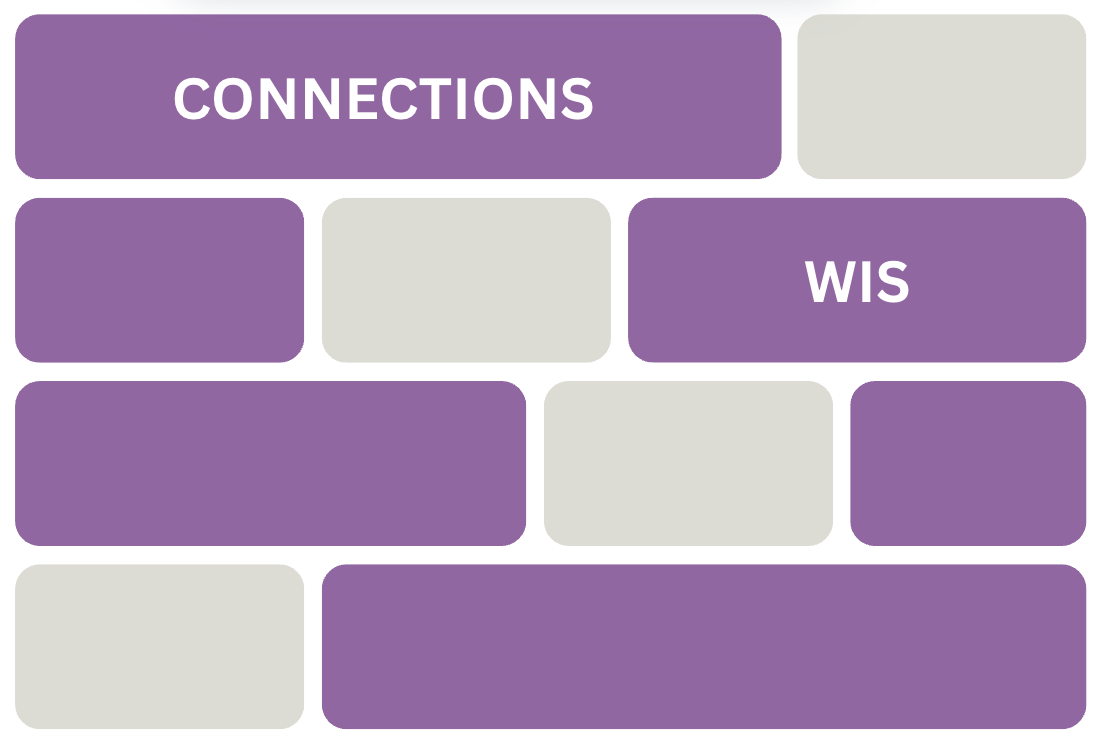Should standardized testing be taken into consideration for the U.S. college admissions process? There are many layers to this multifaceted issue, but at the end of the day, the answer is clear: The SAT, ACT and standardized testing in general should not be used anymore during the college application process. At the very least, it shouldn’t be mandatory.
Standardized testing began in the 1800s when American educators began “articulating ideas that would soon be translated into the formal assessment of student achievement,” according to the National Education Association. These tests were created to gauge students’ mental abilities and to assess how well students were prepared for college.
These testing practices and styles evolved over time through the 1900s until 1926, when the first SAT was adopted nationally. By 1930, it had reached the form it has today, with English and Math sections. By 1965, the SAT, ACT, Preliminary SAT (PSAT) and Advanced Placement (AP) examinations were all accepted measures of a student’s intelligence and how prepared they were for college.
By the 2000s, standardized testing was the assessment for all school performance. It wasn’t simple an assessment of fundamental English and mathematical concepts, but rather an indicator of a student’s academic capabilities.
This didn’t sit well with the government, so the Every Student Succeeds Act (ESSA) then took steps to reduce standardized testing. This was trying to improve the No Child Left Behind act’s one-size-fits-all approach, which assumed that the test holistically represented a student’s entire academic worth.
There are several reasons why standardized testing is relevant in the admission process. Firstly, test scores add another data point to an individual applicant’s profile, providing admission officers with more information on the student but not necessarily making or breaking their application (unless it’s mandatory). Some argue that the tests offer a “broad yardstick” to compare students across school districts and states. Furthermore, at large colleges, getting rid of testing could mean an entire remodeling of the admissions process, especially for schools that use the tests as a measure of a student’s ability for certain concepts and skills.
Some studies show that the test scores, combined with a student’s GPA, can predict a student’s success in college, especially in the first year. A University of California (UC) task force found that standardized testing was a better predictor of college success than high school grades were. Furthermore, they could offer additional metrics for those who may have been rejected based solely on grades.
Throughout the process of developing and implementing standardized testing, there have been various objections. The tests have been criticized for encouraging memorization, guessing, etc., but those objections were trivial and never led to change. Now, the objections look a little different.
Currently, one of the major issues brought up about the testing, apart from the idea that it does not accurately measure any sense of intelligence, is that it is a skewed system that disproportionately benefits those who are more privileged and have more access to study resources and tutoring.
Those aforementioned disadvantages to students are one of the reasons why the UC system stepped away from the ACT and SAT. They aren’t the only school system to do so. In the last decade, more than 1,230 colleges and universities have made the SAT and ACT optional for admission. However, most of those schools were rather small institutions, apart from the University of Chicago.
It is also important to note the influence of the pandemic. In 2020, all exams were canceled due to COVID-19, which “forced an experiment in test-optional college admissions,” according to The New Yorker. Universities were forced to reassess their current standardized testing systems.
Some other notable arguments are that there are decades of data that indicate they are inherently biased in favor of white and Asian-American students. The test is also more accessible to students who can pay thousands of dollars for private coaching and test prep. A good example of this was seen in the recent college admissions bribery scandal, nicknamed “Varsity Blues.”
When it comes to statistics used to demonstrate the discrepancies, 55% of Asian-American test takers and 45% of white test takers scored a 1200 or higher on the SAT in 2019, according to the College Board which administers the SAT. For Hispanic and Black students, those numbers were 12% and 9%, respectively.
It is fairer to judge students by other measures, for example, teacher recommendations. Additionally, studies have countered those which say standardized testing is the best predictor of success, by concluding that high school grades better measure a student’s likelihood of graduation and cumulative performance in college.
Yes, maybe there are some advantages to standardized testing. But we live in a society where the demands for what to submit to university are growing increasingly challenging, and requiring a high standardized testing score to be considered for a university is too much. Standardized testing should not be required for any institution. The insight it offers is limited and narrowed, and it holistically doesn’t add much to any application.
However, if one were to want to use standardized testing for their application, they should be able to do so. That is why standardized testing scores should be optional, but they shouldn’t be required. There are already enough tests, extracurriculars and jobs that students have to achieve to be considered for universities.
If someone wishes to take the test, take it. But it shouldn’t be forced upon anyone, nor should a university maintain it as a requirement to even consider the student for admission.
By Elektra Gea-Sereti







































































